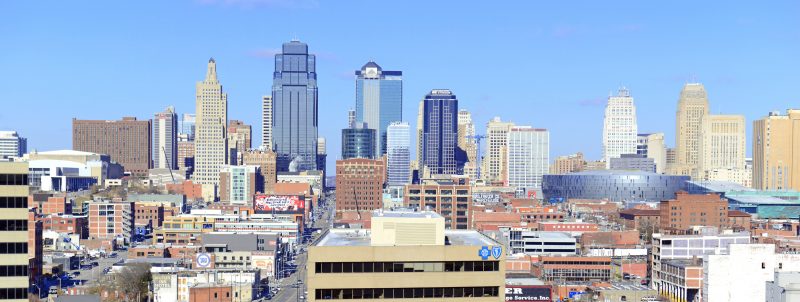While the 2008 financial crisis left municipalities across the country in dire straits, a number of them had been teetering on the edge of insolvency even before that devastating blow. In his talk at ICMA, “Building Resilient Communities”, Strong Towns founder Chuck Marohn tackled the question of why so many cities had and still have struggling economies, dilapidated infrastructure, and no room in their budgets to tackle these issues.
We tend to think of growth as inherently positive and beneficial—that an expanding city must be doing well, that any money spent on new projects will inevitably be offset by the revenue sources they create. Marohn, however, warned against such a sanguine approach to urban development, arguing that in many cases, “growth merely creates the illusion of wealth.”
What’s not to like about growth? The issue, said Marohn, is that communities that make agreements with developers and investors can create for themselves unsupportable future debt. Many cities, he said, build in ways that accept “the illusion of wealth today for crippling liabilities tomorrow.” A city may, for example, agree with a private developer that if it does not have to pay for the initial construction of a shopping center, it will assume responsibility for the maintenance of all related infrastructure after a certain time period; in this way, the city can come to be responsible for millions of dollars of upkeep and maintenance in the long-term, which can quickly devour any short-term revenue surpluses gained from the new development.
This is where we find ourselves now, said Marohn, trying to pay off commitments made by previous generations while continuing to launch projects that ensure future generations will be doing the same. This, he said, can be explained in part through the psychological phenomenon of “temporal discounting”, whereby people assign different value to things that are a great way in the past or the future. In the case of urban development, this means that civic leaders are willing to accept future liabilities that significantly outweigh immediate rewards, thereby creating ultimately unsustainable patterns of growth.
Given the alarming picture painted here of countless communities slowly building themselves out into inevitable default and dilapidation, does hope exist? It does, said Marohn. In 2008, he founded Strong Towns,an organization which seeks to reimagine the way communities build and grow. Instead of pouring money into new developments, Marohn advocates for investment in low-risk, high-reward projects to make existing neighborhoods more attractive, livable, desirable, and economically prosperous.
“We build wealth by making modest investments over a broad area over a long period of time,” said Marohn. In practice, this means among other things investing in “the ecosystems of connected local businesses that sustain each other.” It also means minimizing what Marohn refers to as “gaps” between economically productive businesses and areas, which could be vacant lots, empty storefronts, or anything else contributing nothing to the economy or the livability of an area. One way to avoid gaps, says Marohn, is to build places that are adaptable—that can change to suit future needs, and therefore won’t become useless if demand for their original function disappears.
Marohn also pointed out that “the poorest neighborhoods are often the most financially productive.” While cities tend to focus on high-profile (and high-cost) projects as a way to expand the economy or rescue a struggling section of town, in fact, the model for steady, sustainable progress may be right under their noses. Instead of believing in ‘build it and they will come’, Marohn advocates for investments in existing infrastructure, the kind that could capitalize upon these existing strengths, rather than gambling on some future payoff from an expensive new development.
Ultimately, Marohn fears that the current paradigm of urban development is “functionally insolvent”, and that if we persist on our current path, communities across the country will have set themselves up for bankruptcy and economic decline. By fundamentally rethinking our approach to investing in cities, however, he believes that we can create lasting, self-supporting growth that will sustain vibrant neighborhoods for generations to come.
Want to see more great sessions from ICMA’s annual conference? They were recorded virtually, and you can access them all on-demand here.





Leave a Reply
You must be logged in to post a comment.